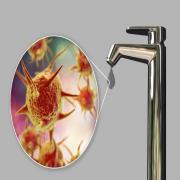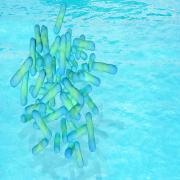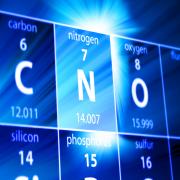Disinfection by light emitting diodes (LED)
UV irradiation is a well-established practice for water disinfection of pathogens. To-date two types of mercury vapor-filled lamps produce germicidal UV irradiation which are either monochromatic (low-pressure, LP) and polychromatic (medium-pressure, MP). LP lamps emit light at 254nm, while MP lamps emit light at multiple peaks between 200 nm and above, one of them being at 254nm. MP lamps emit wavelengths that may be more effective in inactivating water pathogens and preventing repair but these lamps are expensive, require high drive voltage, have lower germicidal efficiency and produce a lot of heat resulting in high fouling and consequently need for frequent and expensive chemical and mechanical maintenance. LP lamps may be less effective for inactivation of certain microorganisms; however they produce considerably less heat resulting in less fouling and possess higher germicidal efficiency (based on UVC wavelengths). The light emitting diodes (LED) are considered a new UV source that can replace conventional mercury gas-filled lamps in water disinfection. UV LEDs emit light at different UV ranges (UVA/B/C). UV-LEDs are monochromatic (i.e. emit at a very narrow wavelength band), are selectable thus emission spectrum can be tailored, require no warm up period, are flexible and have lower electricity consumption. Disinfection reactors using UVC LEDs, are already used in small scale point-of-use water treatment devices, and implemented in our laboratory.





